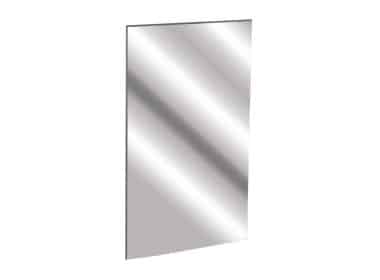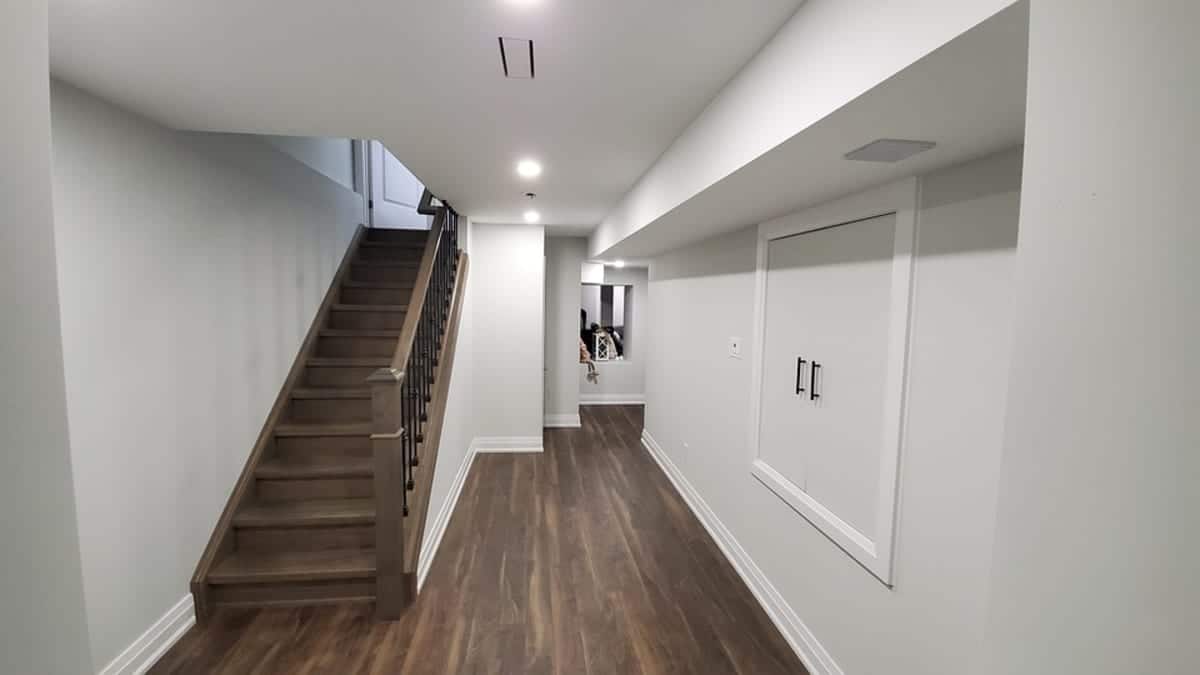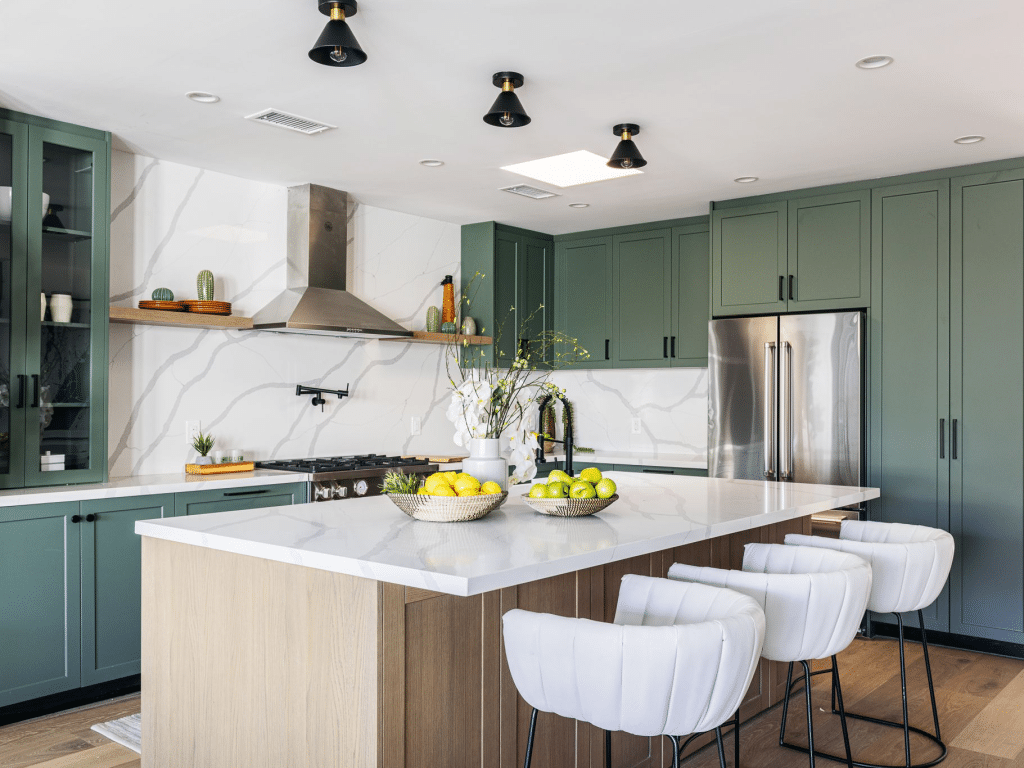The basement is more than just a storage room, laundry room, or parking space. It is part of your home! Unfortunately, while basements offer ample storage and can be a great party spot, they can often go underutilized due to a lack of proper lighting, poor ventilation, and moisture. Humidity coupled with a musty smell reduces the appeal of the space and can be a health hazard due to the growth of mould and mildew.
If you notice such musty smells in your basement, it is crucial to identify the cause and fix it immediately. If there is any existing moisture issue in the basement, it makes it easier for the mould to grow wild and spread.
But fear not; this article will help you eliminate the musty smell in your basement and transform it into a more pleasant and welcoming space.
1. Identify the Source of The Smell
One of the most common sources could be water leaks due to uninsulated pipes, rainwater dripping through the windows, cracked ceilings, or damp walls. The musty smell can be caused by excess moisture, which can lead to mold growth. Once you identify the source, please take the necessary actions to fix it and try to keep the basement dry all the time.
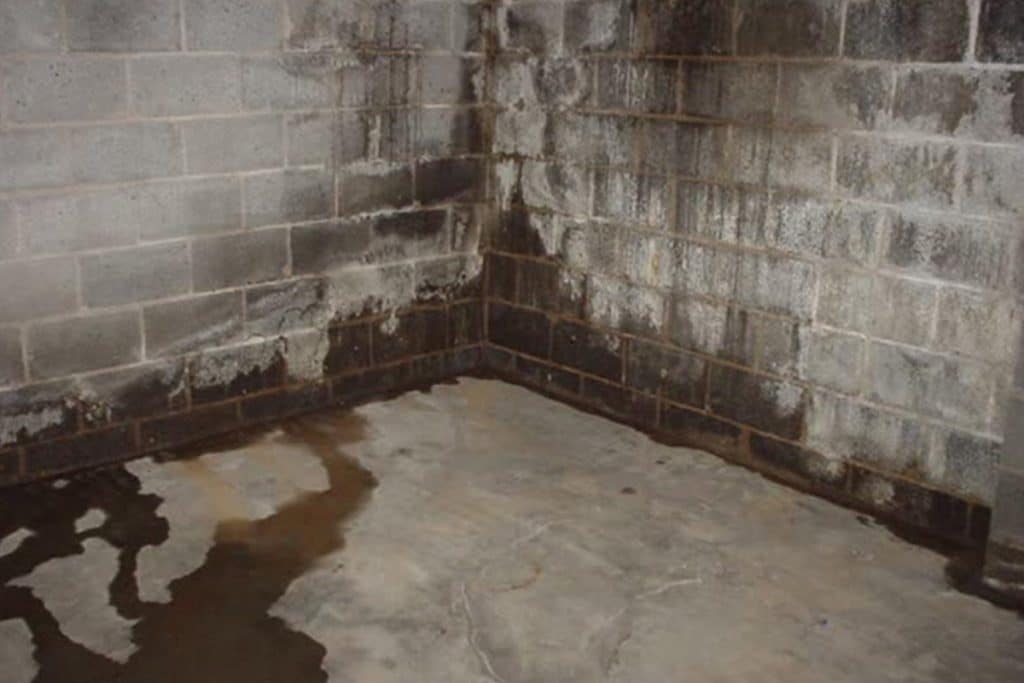
2. Dehumidify the Basement
The basement is often cooler than the upper levels of the house, which leads to condensation and dampness, an ideal environment for mold and mildew to grow. Therefore, regularly monitor the basement humidity levels as mold grows at humidity levels 60 and above. To achieve this, use a dehumidifier to reduce humidity and avoid a musty smell. Maintaining an optimal humidity level of 30 to 50 in the basement is advised, although this may vary depending on the weather conditions.
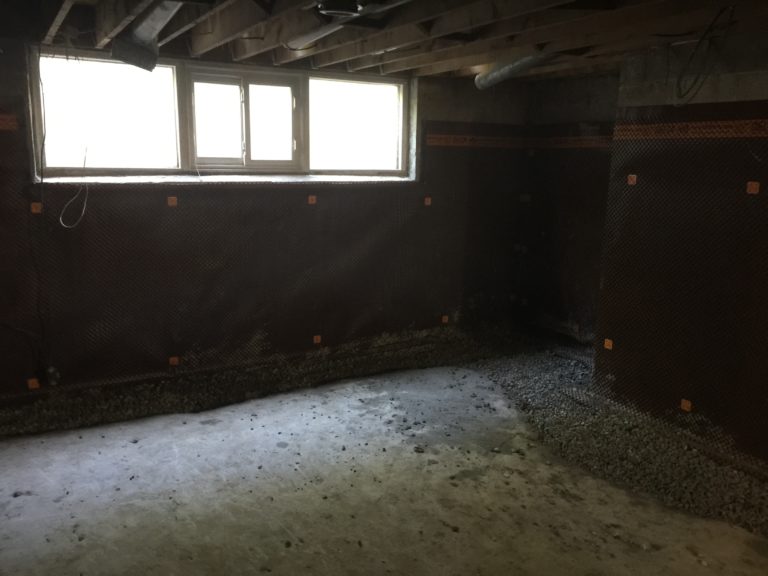
3. Poor Ventilation
Basements typically have less ventilation when compared to the upper level of the house. Due to the lack of air circulation in the basement, moisture gets trapped, leading to musty smells. Consider adding more windows or doors to allow natural airflow to improve ventilation and maintain good air quality in your basement. You may also want to install fans or dehumidifiers to eliminate excess moisture and keep the air circulating. Installing vents can also be a great way to ensure fresh air enters your basement, helping reduce the risk of mold growth and musty odors. When selecting ventilation options, consider the size of your basement and the moisture level in the air.
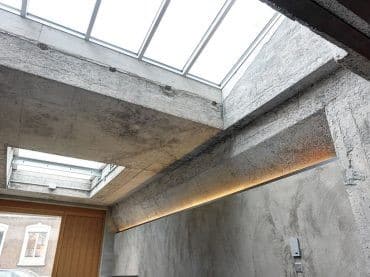
4. Mold-Resistant Material
Using mold-resistant material in high humidity and moisture spaces helps prevent mold growth. Mold-resistant drywall comes with moisture-resistant core paper and paints that control antimicrobial agents. Vinyl and ceramic tiles are easy to maintain and resist moisture. Mold proliferates on wood, but wood treated with fungicide prevents decay from growing, for instance, cedar, cypress, and redwood. A musty smell can be controlled to an extent by preventing mold growth.
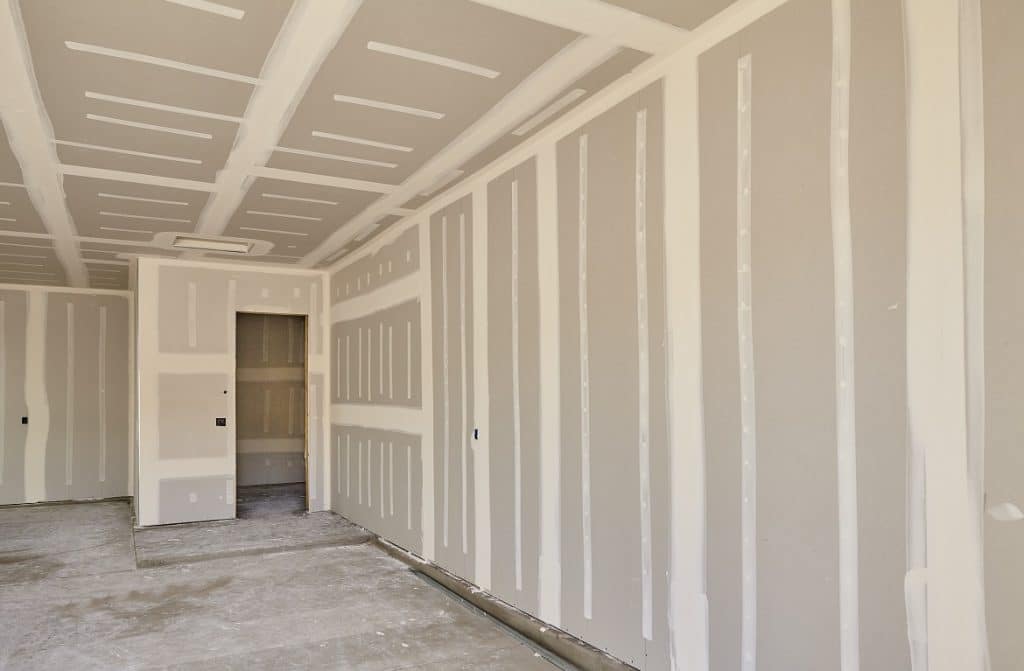
5. Underground Water Sources
If your house is built near natural underground water sources like Wells, Springs, and Seeps, they can contribute to high humidity levels, damp soil, and low temperature in the basement. As the temperature drops, the likelihood of mold growth increases, resulting in a musty, unpleasant odor. Always keep the basement dry by maintaining proper ventilation.

6. Preventing Animals from Entering the Basement
An unfinished shelter is an ideal space for small animals looking for protection. Animals like Rats, Bats, Raccoons, Lizards, and Squirrels enter the basement through open windows, cracked walls, chimneys, or any small opening. Animal feces or waste can be a significant source of unpleasant odors and pose serious health risks. These wastes may contain harmful bacteria, viruses, and parasites that can cause various illnesses, including respiratory problems, infections, and gastrointestinal issues. Check for these small animals in the basement regularly and thoroughly, and consider using air purifiers or ventilation systems to maintain clean air quality.

7. Moist and Odor Absorbers
Stagnant air is one of the significant problems. Moisture accompanied by closed air results in a musty odor in locked rooms. Many charcoal-based moist absorbers help deodorize the basement. The activated charcoal absorbs moisture due to its porous nature, which allows it to trap water molecules. When exposed to air, activated charcoal reduces overall humidity levels.
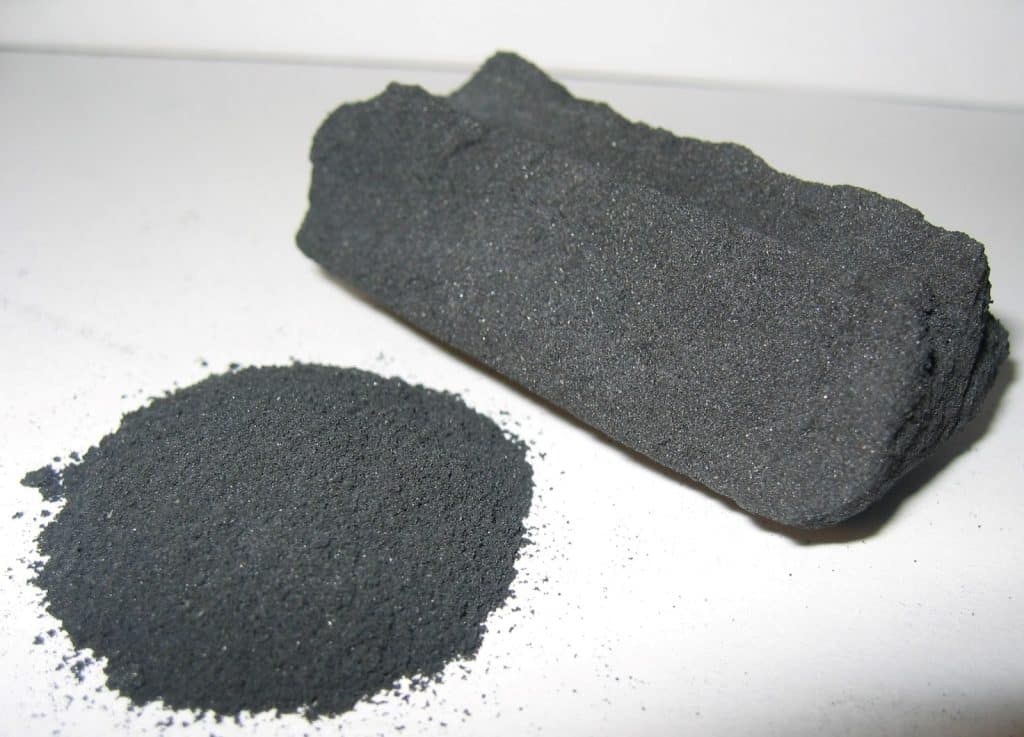
8. Clean Regularly
If you use your basement as a storage space, you should upkeep and organize the area regularly to avoid a musty smell. Clutter creates an ideal environment for mold to grow and develop a musty smell. Always keep the stored items dry and clean, wipe the surface to remove dirt, and disinfect the surface to kill bacteria and mold. Place odor absorbers in strategic locations to avoid a musty smell.
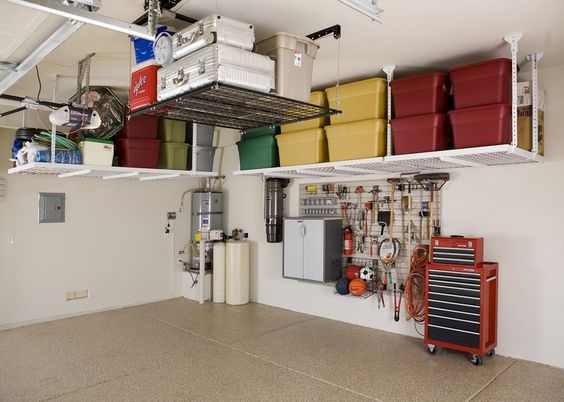
Diy Tips & Tricks to Get Rid of Musty Smell in The Basement
Suppose you are looking for cost-effective, eco-friendly, and effective ways to avoid the musty smell in your basement. Here are some handy and easy do-it-yourself techniques to control the smell and prevent mold growth in the basement.
Having understood that the main reasons behind the musty smell are moisture and mold growth, let’s see some tricks to help prevent the odor.
Kill the Visible Mold
The growth of mold is a well-known cause of the musty smell, which must be addressed at its source to prevent it from spreading. Fortunately, you can eliminate mold using readily available ingredients in your home.
- White Vinegar: White Vinegar is an effective mold killer, killing up to 82% of mold spices. Mixing equal parts of vinegar with water and resting it before wiping it out is a great technique.
- Baking Soda: Sodium bicarbonate is also a powerful ingredient that can kill mold. Mix a paste of one-quarter baking soda with water, apply it on the mold-infected area, and scrub it off once it is dry.
- Bleach: Bleach is a highly reactive chemical that kills mold. Mix bleach and water in a 1:4 ratio, apply on visible mold or mildew, and scrub it down with a fresh sponge.
- Hydrogen Peroxide: H2O2 is a natural disinfectant that can kill mold. Mix one part of Hydrogen Peroxide with two parts of water. Rest it for 10 mins and clean the mold-infected area.
- Tea tree oil: Tea tree oil acts like an antifungal and antibacterial agent that can kill mold, mix one spoon of tea tree oil and one cup of water, spray it, and let it sit for a couple of hours before wiping it.
It is important to take necessary precautions like wearing gloves and glasses to avoid eye contact with chemicals. In addition, maintaining proper ventilation by using a fan or opening windows is recommended to prevent the risk of suffocation. These natural ingredients effectively kill mold but may not work for extensive or severe mold infections. Consult a professional if the mold infection is extensive.
Moisture Control
High humidity and excess moisture in the basement create an unpleasant musty smell. Here are some natural ingredients that can help you with moisture absorption.
Activated Charcoal is an excellent absorbent of moisture. When charcoal is treated with Oxygen, it opens up millions of pores between the carbon atoms. The water molecules are attracted to the activated charcoal surface and get trapped until the saturation point when the charcoal should be replaced or reactivated. Place a few bowls of activated charcoal around your basement.
Salt is a natural dehumidifier that absorbs moisture in the air. The ability of salt to absorb moisture is due to its chemical structure. When exposed to air, salt molecules attract water molecules. It is important to remember that salt only absorbs a certain amount of moisture; it must be replaced or dried up after reaching a saturation point. Place bowls of salt around the basement and let it do its job.
Uncooked rice contains tiny, porous grains that absorb excess moisture from the surroundings. Place bowls of uncooked rice in the basement to reduce humidity; after reaching the saturation level, replace the rice or can reuse the rice after drying up.
Dehumidifying Plants like ferns, Spanish moss, Orchids, and Bromeliads are also called air plants that absorb moisture, and some air-cleansing plants purify the air in the basement. Place these plants around the basement to reduce humidity.
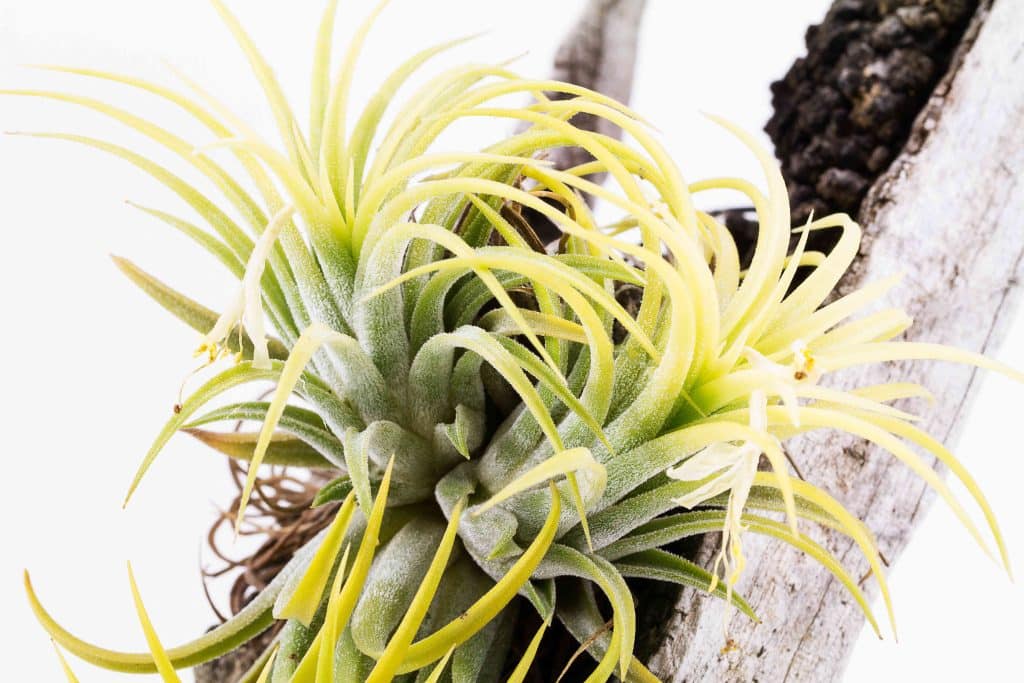
Air Circulation and Ventilation
Improved basement ventilation and fresh air circulation keep the musty smell away. Unfortunately, installing a fancy vent system or dehumidifier can be costly. So here are some do-it-yourself ideas to let the airflow into the basement.

- If your basement has a window or opening, install a fan to let the airflow in and draw the stale air outside. Install the fan in the window opposite the door to improve cross-breeze.
- If you do not have a ventilation system in your basement, install a small vent system near the ceiling with an exterior fan.
- Install ceiling fans in the central location and leave them at a slow speed to create a gentle breeze.
- Open the window or door, install a screen to prevent insects from entering, and leave the window or door open for fresh air flow all day.
Prevent Mold and Musty Smells from Returning
Preventing mold from growing back and preventing a musty smell in your basement is an ongoing practice. Maintaining a clean and odor-free basement requires regular upkeep and preventive measures.
Here is a list of tips to stop that musty smell from returning.
- Always keep the basement dry and clean. If you identify any leaks and cracks, fix them immediately.
- Always organize the storage space, allow airflow between the items, and use plastic bins with lids/ airtight containers to avoid moisture.
- Use Hygrometer to monitor humidity regularly. Maintain humidity levels between 30-50 and install dehumidifiers or natural ingredients to absorb the moisture in the air.
- Create a sound ventilation system to let the fresh air go in and out to eliminate stagnated air from the basement.
- Use mold-resistant material to avoid mold growth and address moisture issues promptly.
Conclusion
A basement can come with a hefty price tag. Utilizing this space is crucial to avoid unwelcoming molds and musty smells. With these helpful tips and tricks, you can finally say goodbye to that unwanted smell in your basement.
There’s always a solution, whether you’re dealing with mildew or mold, excess moisture, or poor ventilation.
By cleaning, dehumidifying, and ventilating your basement correctly, you can create a new living space that’s comfortable and inviting.
Don’t let a musty smell take over your basement – take action today!




